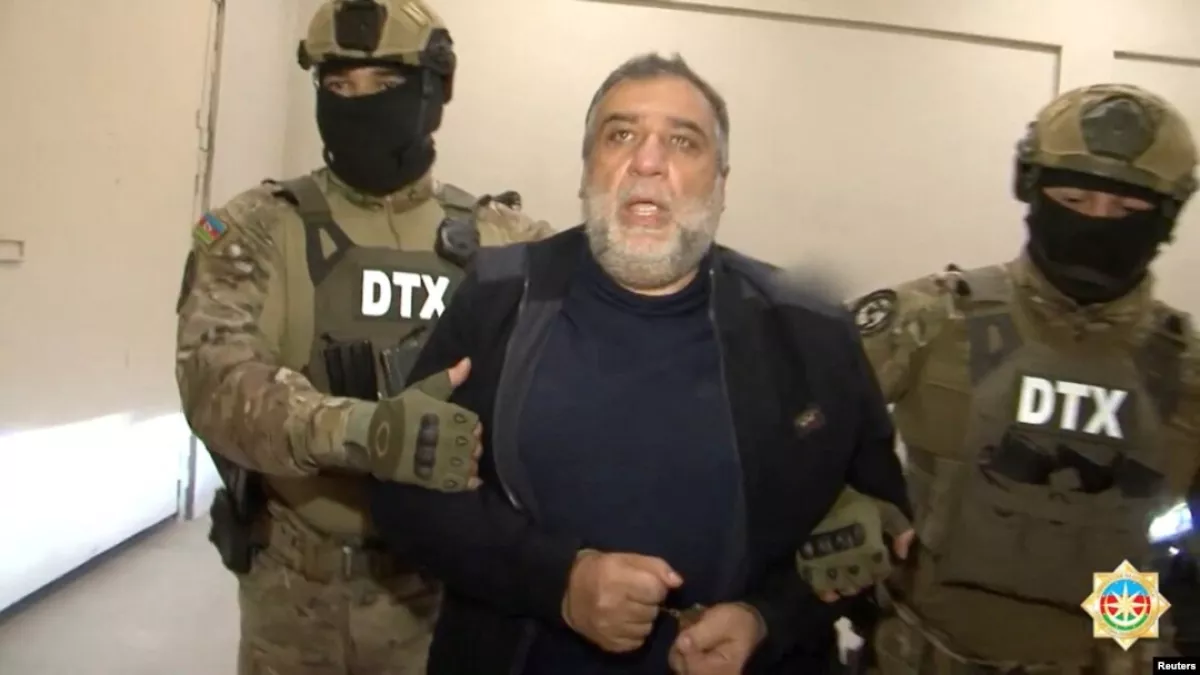Collapse of Armenian myths Vardanyan’s Saga Comes to an End
On September 27, Azerbaijan marked Remembrance Day, with Azerbaijanis around the world honouring the memory of the martyrs who gave their lives in the Second Karabakh War. It was rightly highlighted that the victory in this war was significant, particularly in terms of dismantling many Armenian myths, including the myth of the "invincibility" of the Armenian army.
It was also rightly pointed out that Azerbaijan's victory came despite the opposition and plans of major global powers, including the co-chairing countries of the OSCE Minsk Group. Undoubtedly, this great victory was a triumph of international law and justice. Moreover, this victory made the complete restoration of Azerbaijan’s sovereignty and territorial integrity inevitable. This historic achievement was realized through a one-day counter-terrorism operation in the Karabakh region of our country.
It’s important to note that during this operation, 204 Azerbaijani servicemen lost their lives, while the enemy suffered 310 killed and 614 wounded. I mention these numbers to underscore that the Karabakh junta and the illegal Armenian armed formations stationed in Khankendi and its surroundings were well-armed and fiercely resisted. However, this resistance was ultimately crushed, the Azerbaijani flag was raised over Khankendi, and the sovereignty and territorial integrity of the country were fully restored.
The last leader of the Karabakh junta, Samvel Shahramanyan, is now hiding in Yerevan, alongside the war criminal Vitaly Balasanyan. However, other former leaders of the Karabakh junta weren't as fortunate. They were all detained and brought to Baku in full accordance with legal procedures. By that time, Azerbaijan’s Prosecutor General's Office had already initiated criminal cases against the Karabakh separatists, placing them on international wanted lists. Among those arrested are Arkadi Ghukasyan, Bako Sahakyan, Arayik Harutyunyan, David Babayan, Davit Ishkhanyan, Levon Mnatsakanyan, Davit Manukyan, and Ruben Vardanyan.
Ruben Vardanyan’s case is particularly striking. The Russian-Armenian oligarch was arrested on September 27, 2023, exactly three years after the start of the 44-day war. He was caught at the Lachin checkpoint while trying to flee from Azerbaijan to Armenia, hoping to disappear into the crowd. However, his plan failed. Now in Azerbaijan’s capital, Vardanyan awaits a fair trial, and I have no doubt the verdict will be fully just.

To recall, Vardanyan committed criminal offences as defined by Articles 214-1 (financing terrorism), 279.3 (participation in the creation and activities of armed formations or groups not recognized by law), and 318.1 (illegal crossing of the state border of the Republic of Azerbaijan) of the Criminal Code of Azerbaijan.
What’s particularly striking in this story is that another myth has burst over the past year—this time under the name of Ruben Vardanyan. We remember the narratives surrounding him, where he was portrayed as a figure enjoying special status in both Russia and Armenia, wielding considerable influence on the global stage. Yet, what do we see in the end? Just the remnants of a deflated illusion.
Russia, where Vardanyan amassed his vast fortune, has long since stopped paying attention to Ruben Karlenovich. His release is not even a topic of discussion in the dialogue between Baku and Moscow. The current Armenian authorities are also deeply indifferent to Vardanyan’s fate. This was highlighted by the recent statement by Armenian parliamentary speaker Alen Simonian, who noted that the issue of former leaders of the Karabakh junta is not included in the draft peace agreement between Yerevan and Baku.
Thus, in a very mundane manner, Vardanyan has become irrelevant. He is viewed as a spent asset, and discussions about his fate are only occasionally raised by those who are paid to do so. Fortunately for Vardanyan and his family, they still have considerable wealth. There were even attempts to nominate him for the Nobel Peace Prize, but that endeavour was so absurd and laughable that it is no longer taken seriously.
The symbolism is striking: Vardanyan was detained on the anniversary of the start of the 44-day war, and the conclusion of his provocations is equally telling. The end of his saga mirrors the fate of the entire “Artsakh” project—one bubble has burst after another.








